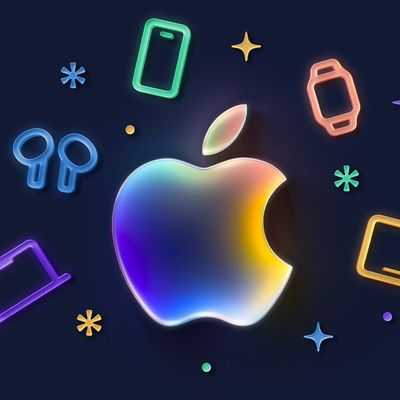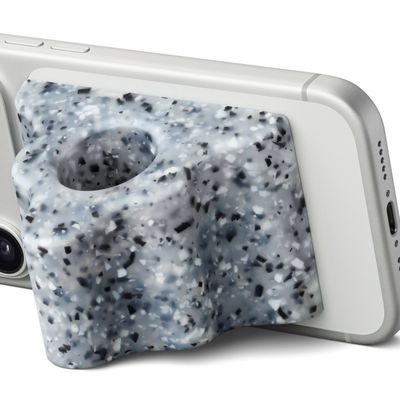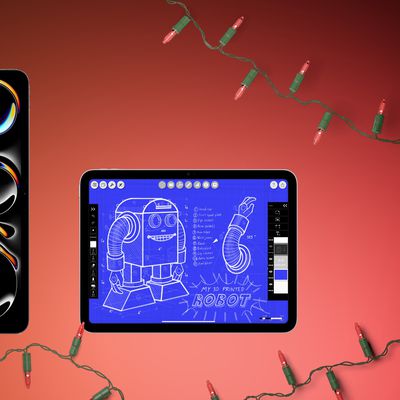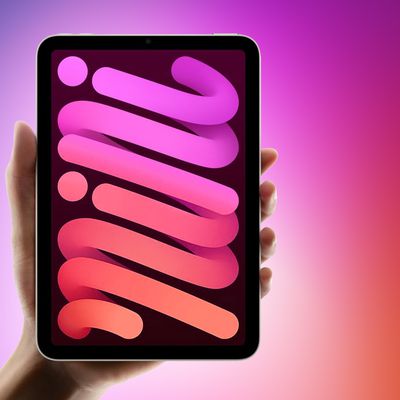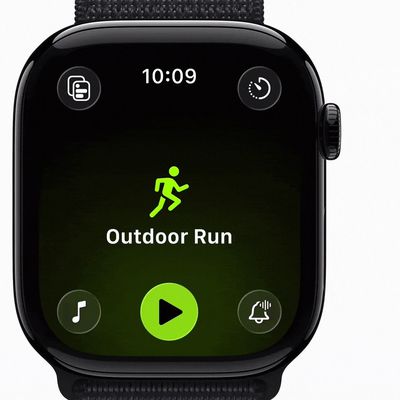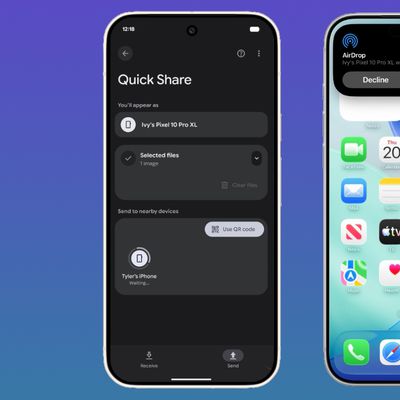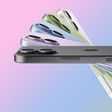Corning Again Criticizes Sapphire as Potential Alternative to Gorilla Glass
Corning Glass senior vice president Tony Tripeny spoke critically of sapphire as a material for displays during a question and answer session at the recent Morgan Stanley Technology, Media & Telecom Conference (Via Seeking Alpha and CNET). His responses reiterate the company's earlier opposition to sapphire crystal.
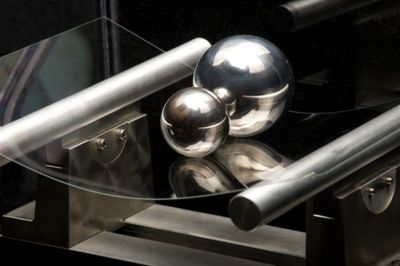
Corning Gorilla Glass 2
Morgan Stanley's James Fawcett asked Tripeny about sapphire versus glass now that "there is one large handset and device maker that people suspect maybe looking at Sapphire." This one large manufacturer is obviously Apple, which is building a plant in Arizona to manufacture sapphire for "
a secret project," possibly the
iWatch or
the next generation iPhone. Tripeny didn't hold back in his criticism of the sapphire crystal material.
When we look at it, we see a lot of disadvantages of Sapphire versus Gorilla Glass. It's about 10 times more expensive. It's about 1.6 times heavier. It's environmentally unfriendly. It takes about 100 times more energy to generate a Sapphire crystal than it does glass. It transmits less light which it means either dimmer devices or shorter battery life. It continues to break. I think while it's scratch resistant product it still breaks and our testing says that Gorilla Glass, about 2.5 times more pressure that it can take than Sapphire on. So when we look at it, we think from an overall industry and trend that is not attractive in consumer electronics.
Fawcett continued to query Tripeny on the material with the Corning executive hinting that Apple is looking at sapphire for its marketing appeal as the material "has got a very sexy name." Tripeny also mentions the extra cost and lower manufacturing yield of sapphire crystal when compared to Gorilla Glass.
The formation takes about 4,000 times longer than Gorilla Glass at a significantly higher melting temperature. Its hardness makes machining more difficult and costly. Then the cost per unit increases exponentially because when you have defects in boundaries in the crystal growth process, you essentially cut them out and so unlike glass where we have developed technologies so that we can have very large pristine pieces of glass, when you have that on crystals, what you end up doing is always having a yield issue. So it is really those items that make things more expensive.
Corning now is manufacturing Gorilla Glass 3 for use in smartphones and tablets. Announced at CES 2013, the material is three times more damage resistant than its predecessor Gorilla Glass 2. The company earlier this year also announced a new shaped Gorilla Glass product for devices that require a curved display and a version of its Gorilla Glass with antimicrobial properties.
Popular Stories
Apple's annual four-day Black Friday through Cyber Monday shopping event is returning on Friday, November 28 through Monday, December 1 in many countries, including the United States, Canada, Australia, New Zealand, France, Germany, Italy, Spain, the United Kingdom, Belgium, the Netherlands, Sweden, Thailand, and others.
During the shopping event, customers can get an Apple gift card with...
iOS 26.2 is currently in beta testing. The upcoming update includes a handful of new features and changes on the iPhone, including a new Liquid Glass slider for the Lock Screen's clock, offline lyrics for Apple Music, and more.
In a recent press release, Apple confirmed that iOS 26.2 will be released to all users in December, but it did not provide a specific release date.
Keep reading...
Apple has begun selling the Hikawa Phone Grip and Stand, a new limited-edition iPhone accessory designed with accessibility in mind.
Designed by LA-based Bailey Hikawa to celebrate the 40th anniversary of accessibility at Apple, the grip uses magnets to securely snap onto any iPhone with MagSafe.
Apple says it can be removed with ease, and doubles as a stand with two different viewing...
Apple's iPhone development roadmap runs several years into the future and the company is continually working with suppliers on several successive iPhone models at the same time, which is why we often get rumored features months ahead of launch. The iPhone 18 series is no different, and we already have a good idea of what to expect for the iPhone 18 Pro and iPhone 18 Pro Max.
One thing worth...
Black Friday is just over a week away, and iPad deals have finally started to flood in at retailers like Amazon and Best Buy. Below we're tracking discounts on every current generation iPad, including lowest-ever prices on M3 iPad Air and M5 iPad Pro, plus steep markdowns on iPad and iPad mini.
Note: MacRumors is an affiliate partner with some of these vendors. When you click a link and make a ...
Apple's eighth-generation iPad mini is highly likely to arrive next year, offering a significant refresh of the device with at least four major new features.
OLED Display
The next-generation version of the iPad mini could feature an OLED display, as part of Apple's plan to expand the display technology across many more of its devices. Apple's first OLED device was the Apple Watch in 2015, ...
Apple Watch owners have been voicing their frustration online over changes to the Workout app that Apple introduced in watchOS 26, with many finding the redesigned interface makes starting exercises difficult and exasperating.
When Apple launched watchOS 26 in September, the Workout app went from large, easily tapped workout tiles to a scrolling, corner-button interface. Instead of tapping a ...
In select U.S. states, residents can add their driver's license or state ID to the Apple Wallet app on the iPhone and Apple Watch, and then use it to display proof of identity or age at select airports and businesses, and in select apps.
Earlier this week, Illinois became the 13th state in the U.S. to offer the feature. Subsequently, we shared a list of additional states that are committed...
Google today announced a new cross-platform feature that allows for file sharing between iPhone and Android users. With AirDrop on the iPhone and QuickShare on Pixel 10 devices, there is a new file transfer function available.
The file sharing option works on Apple devices that include iPhone, iPad, and Mac, along with the Pixel 10, Pixel 10 Pro, Pixel 10 Pro XL, and Pixel 10 Fold....



